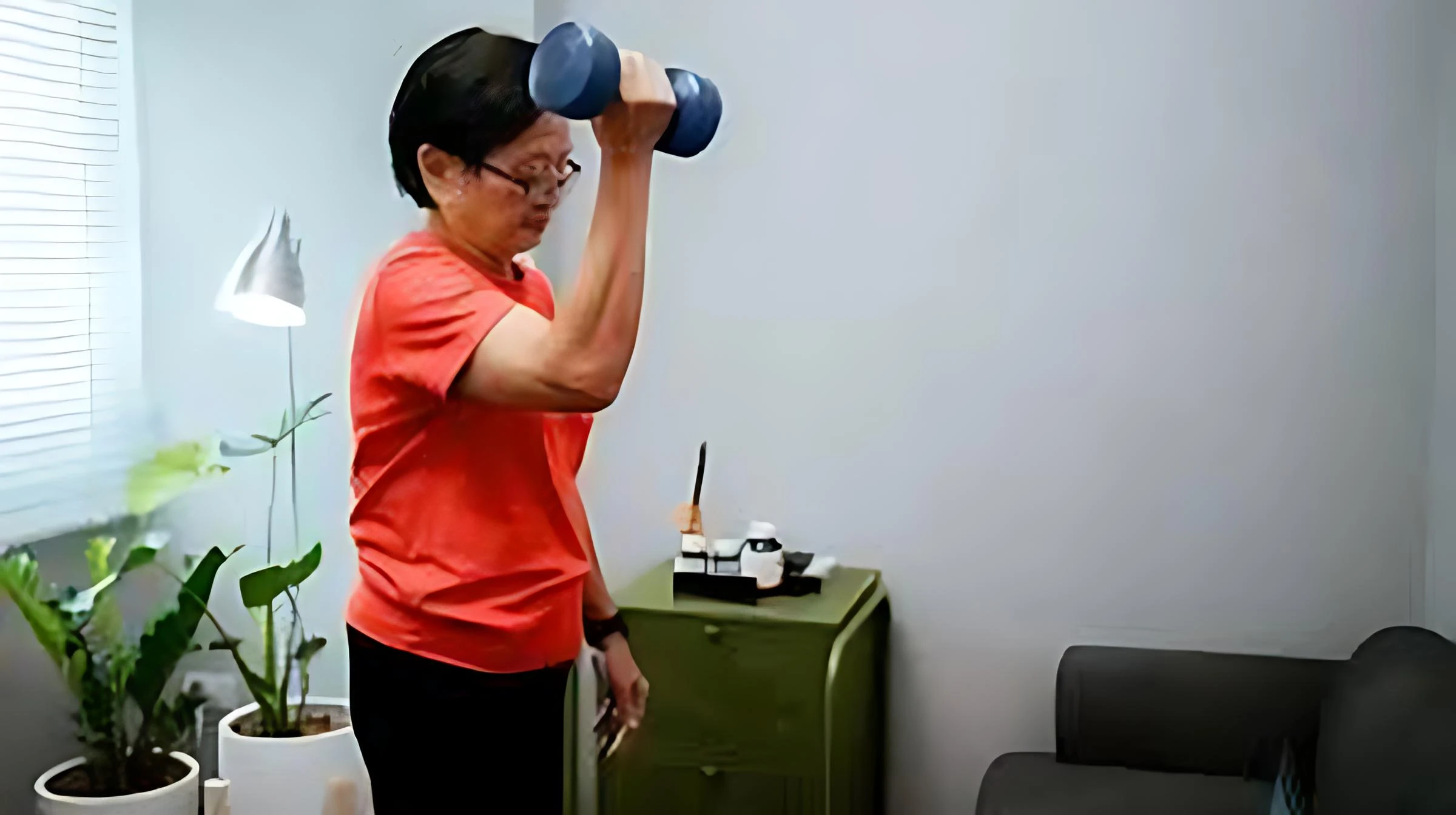Toronto: Despite a growing awareness of the dangers of a sedentary lifestyle, Americans still spend an average of more than nine hours a day sitting, putting their long-term health at risk. A 2024 JAMA study tracking nearly half a million people over 12 years revealed that sitting for most of the day at work increases the risk of early death by 16%.
While many understand the cardiovascular and cognitive toll of excessive sitting, newer research is pointing to another, often overlooked consequence — its interference with protein synthesis and muscle building, which are essential for metabolic and physical health.
In 2022, Daniel Moore, PhD, a muscle physiology expert at the University of Toronto, conducted the first study investigating how prolonged sitting affects amino acid utilization. He found that short, regular breaks involving walking or squatting significantly improved the body’s ability to convert dietary protein into muscle.
His findings, although based on just 12 subjects, aligned with earlier data from 2019 showing a 27% decline in muscle fueling when daily steps were drastically reduced. These studies indicate that movement — especially muscle contractions — plays a critical role in triggering the biological processes that turn protein into usable muscle mass.
Experts like Janice Thompson, PhD, from the University of Birmingham, emphasize that while carbohydrates and fats are heavily studied for their impact on blood sugar and heart health, protein’s role in building and repairing tissue is just as vital, particularly in the context of sedentary behavior. Muscle contractions, even simple ones, create insulin-like effects and improve blood flow, aiding in nutrient transport and metabolic regulation — benefits that mere standing cannot provide.
Stuart Phillips, PhD, of McMaster University, highlights that protein synthesis is not exclusive to athletes. It's a constant process necessary for everyone, as muscles continuously break down and rebuild. To effectively store protein and build muscle, movement is essential — especially movements that challenge muscles, like squats, lunges, or resistance exercises. Moore’s study showed that squats, taken as part of twice-hourly breaks, triggered unique biological pathways not seen in walking alone.
This emerging concept of “activity snacks” — short bursts of movement throughout the day — has gained popularity for its accessibility and effectiveness. These micro-sessions can include squats, jumping jacks, or dance moves and are designed to break up prolonged sitting, offering immediate and long-term health benefits. Notably, resistance-based activities seem to outperform light movement in stimulating protein synthesis.
The quantity and timing of protein intake are equally important. While general guidelines recommend 0.8 grams per kilogram of body weight, recent research supports higher intake, particularly for those engaging in resistance training or older adults facing muscle decline.
One study found that women consuming 2.5 g/kg of protein gained three times more muscle mass during an eight-week training program than those consuming just 0.9 g/kg. Additionally, a 2024 JAMA study involving over 8000 people over a decade found that higher protein consumption lowered mortality, especially in older adults, regardless of whether the protein was animal- or plant-based.
Even more promising, a January 2025 study showed that higher protein diets significantly improved strength and physical performance in older adults with type 2 diabetes. The group consuming 1.2–1.5 g/kg daily outperformed those eating less than 1 g/kg, particularly in handgrip strength and mobility, two critical markers of aging and independence.
Ultimately, while carbohydrates and fats dominate discussions around sedentary lifestyles and disease, protein and movement — especially strategic, consistent muscle activity — form a crucial but under-discussed foundation for maintaining strength, metabolism, and overall health. As Moore suggests, it doesn’t take much: even small, frequent bouts of movement paired with adequate protein can have profound effects, especially in older adults or those chained to desks. It's not just about moving more — it’s about moving smart and fueling right.








